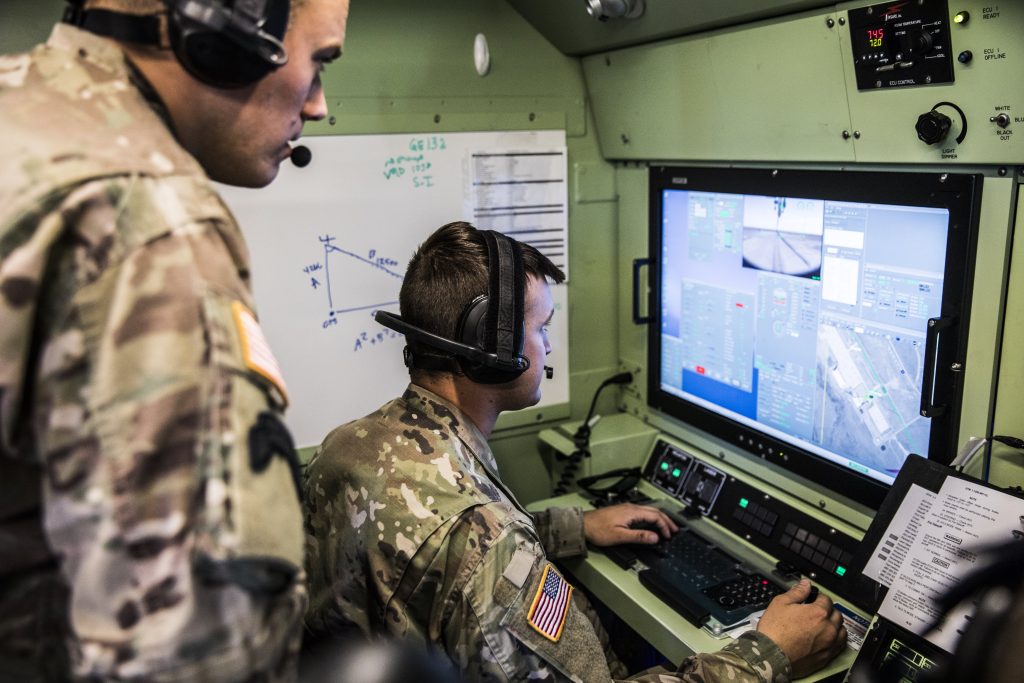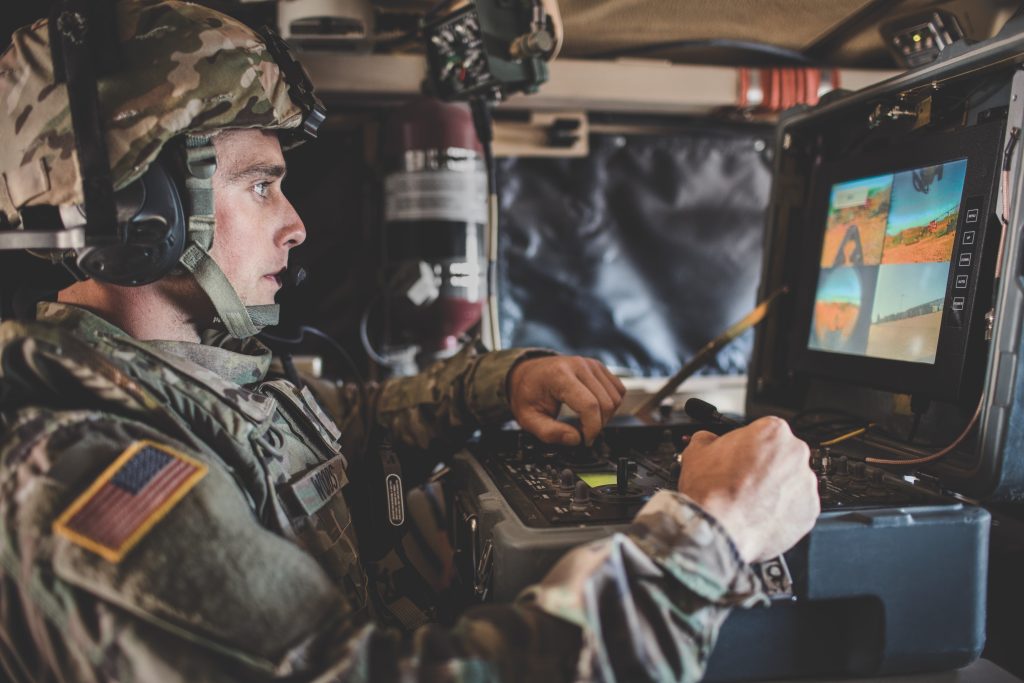
A MODERN ARMY: Leveraging new tools, platforms and processes, the Army aims to modernize its workforce, become a more data-centric organization and deliver a secure, globally dominant cloud ecosystem across the enterprise. (Photos courtesy of Office of the CIO)
ECMA is continuously driving data, software and process transformation to deliver a secure, globally dominant cloud ecosystem to create a digitally focused Army.
by Paul B. Puckett III
Technology is changing the way we live, work, do business and fight on the battlefield. As part of the Army Digital Transformation Strategy, the Office of the Army Chief Information Officer (CIO) is taking a fresh approach to cloud acquisition and modernization. Leveraging new tools, platforms and processes like the Cloud Account Management Optimization (CAMO), Cloud Modernization Approval Process (CMAP) and Code Resource and Transformation Environment (CReATE), the Army aims to modernize its workforce, become a more datacentric organization and deliver a secure, globally dominant cloud ecosystem across the enterprise.
TRACK THE CLOUD
CAMO is a new contracting tool that offers mission owners a dashboard that provides advanced analytics and cost tracking capabilities. It is a one-stop-shop for efficient cloud cost estimation. Using CAMO, the Army’s cloud customers can rapidly field industry leading tools like Amazon Web Services and Microsoft Azure.
“Let’s say for example, you’re a DOD unit and you want to field a certain cloud hosted application. You estimate the cloud compute and storage costs will be $1 million and you put those million dollars on your cloud CAMO account. You can then use the CAMO CloudTracker tool to track your actual spend against that $1 million,” said CAMO Product Manager Nate Cost. If that unit starts to go over the estimated amount, they will be able to track this information in their CAMO account via the CloudTracker tool and make the necessary adjustments.
“CAMO allows its customers to accurately see their cloud spend and usage in near real time and gives them the ability to take action by supplementing funds and optimizing their cloud usage,”Cost added.
Beyond the fiscal benefits, the CAMO CloudTracker tool also allows users to track their cloud storage to maximize efficiency. Since CloudTracker is hosted in Cloud Army (cARMY), it can also deliver insight on application usage. If, for example, an application is spending processing power over the course of a weekend, CloudTracker can identify over-usage and recommend dialing resources back on days where processing power is not needed. By optimizing cloud usage, cARMY can create cloud computing power efficiencies and focus computing power on where the warfighter needs it most.

SECURE SOFTWARE: CReATE accounts for application security earlier in the software development lifecycle, allowing the Army to deliver cloud tools to the warfighter much faster.
THE PATHWAY
CMAP is the Army’s new cloud modernization policy. It offers Army customers at all echelons a basis for mapping their cloud migration efforts. It provides a step-by-step path that documents everything from cloud readiness to data center closure and facilitates the consolidation of the Army’s legacy IT portfolio. CMAP ensures standardization by reducing complexity and providing developer guides and coding standards. Lastly, it provides architecture templates to reduce design costs and environment complexity.
“When customers first approach us, we put them through the CMAP intake process. From there, we run them through a detailed course on what they’ll need from inception to twilight. That mission owner will then get a tailored set of instructions and a phased approach specific to their needs,” said Pushparani Jayapal, chief, cloud enablement division, Army CIO.
The Enterprise Cloud Management Agency (ECMA), a field operations agency within the Army CIO, has migrated 45 applications from MilCloud 2.0 to cARMY in less than 100 days through the CMAP process. ECMA is also supporting Program Executive Office for Enterprise Information Systems to tailor CMAP and accommodate their needs, along with other big projects like using CMAP in gearing up for a data center closure in 2022.

CLOUD POWER: By optimizing cloud usage, cARMY can create cloud computing power efficiencies and focus computing power on where the warfighter needs it most.
RAPID CLOUD SECURITY
CReATE enables Army software teams to get secure, resilient and scalable applications in the hands of their users more quickly. CReATE provides a suite of development, security and operations tools, services and pre-built paths to production.
“As an example, in support of the Army Data Plan, cArmy and CReATE are maturing in capability to enable rapid software development and interoperability natively in the cloud that meets immediate warfighter needs,” said Lauren Pavlik, chief, data and software division, Army CIO.
CReATE accounts for application security earlier in the software development lifecycle, allowing the Army to deliver cloud tools to the warfighter much faster. In today’s environment, security must be at the forefront of application and platform development. It also must be woven into every step of the software development process and delivered continually.
The Army Futures Command Software Factory, a primary stakeholder and partner with CReATE, has been using the environment since 2021 and today has over 13 applications, which have gone to production using one of the CReATE authorized pipelines for continuous delivery and deployment. The CReATE platform has allowed for Software Facotry application teams to take an application from final testing to production, passing all security controls, within as little as three weeks, albeit dependent on the complexity of the application and system. Currently, CReATE stakeholders are from over 20 different organizations, which include more than 2,500 users and 300 projects.
CONCLUSION
The Army is modernizing its technological landscape every day. As technology advances at lightening pace, data and data sets are the digital ammunition of the future. The Enterprise Cloud Management Agency within the Army CIO is continuously driving data, software and process transformation to deliver a secure, globally dominant cloud ecosystem to create a digitally focused Army.
PAUL B. PUCKETT III was the director of the Enterprise Cloud Management Office at the Headquarters, Department of the Army, Chief Information Officer from 2019 to 2022. He served as the principal advisor to the CIO and other senior Army leaders on the Army’s cloud strategy. He holds a M.S. in systems engineering from the George Washington University, Washington, D.C. and a B.S. in computer management information systems from Liberty University, Lynchburg, Virginia.







